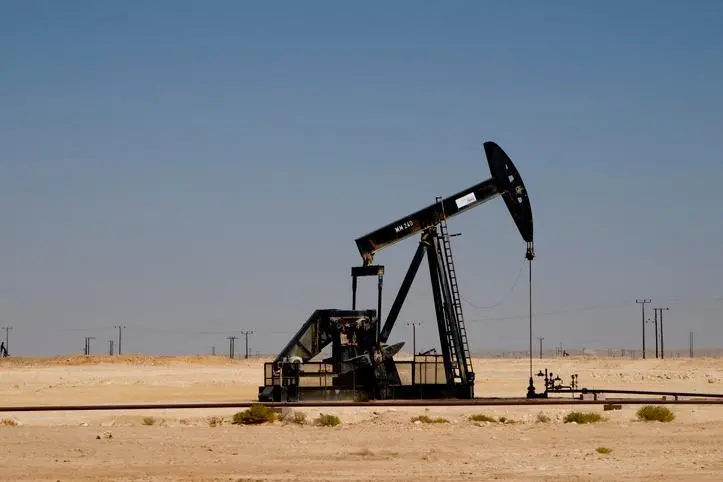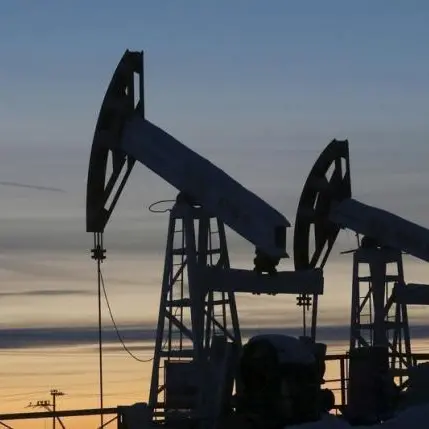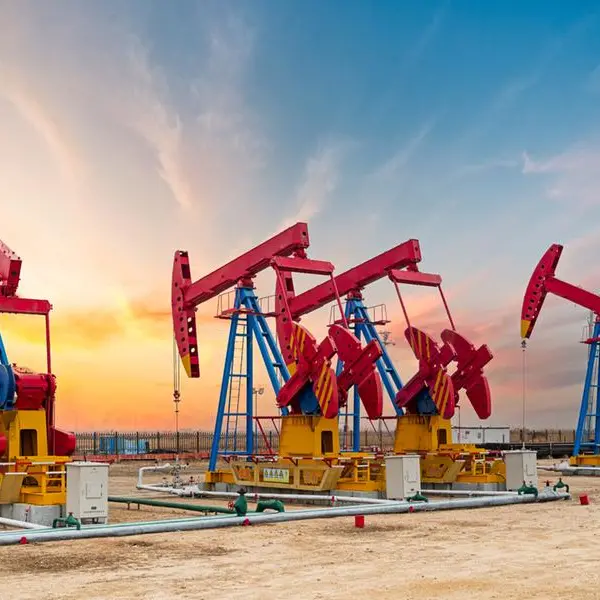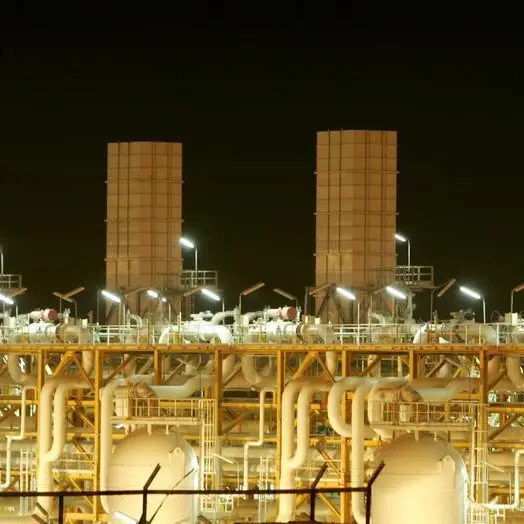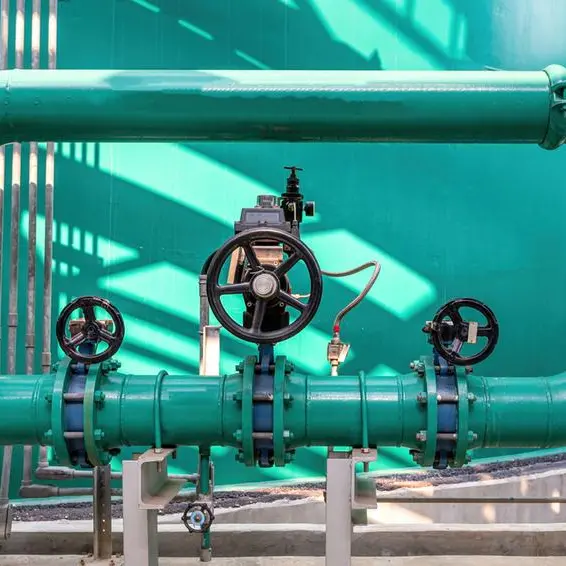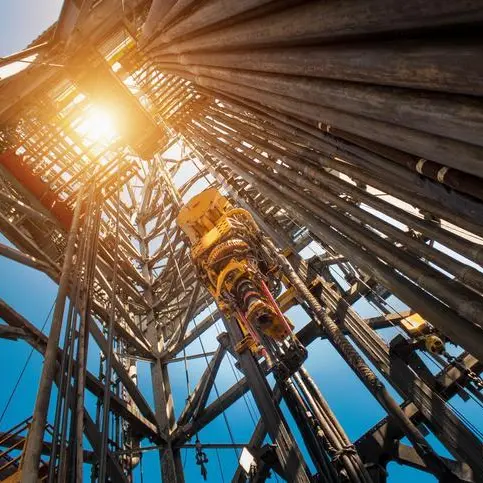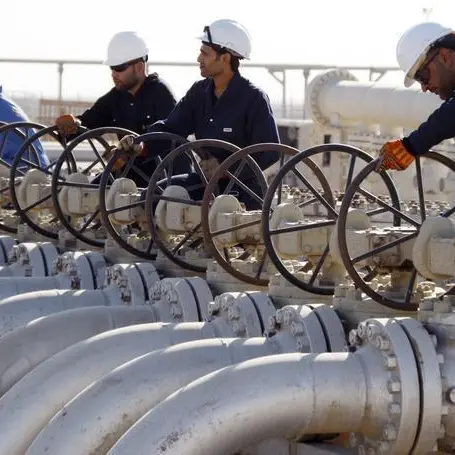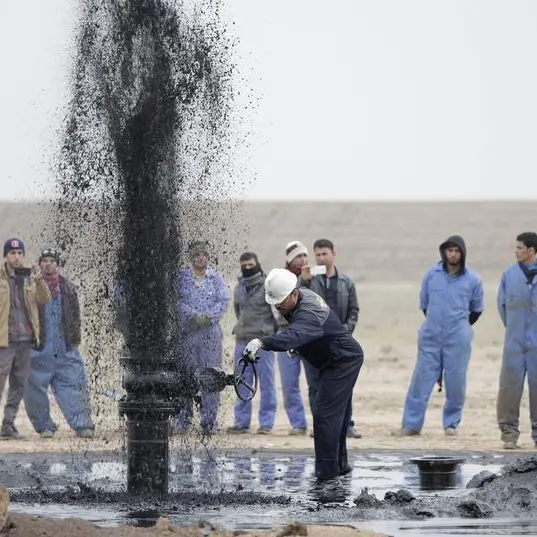PHOTO
The Sultanate of Oman expects to award between 3 and 4 oil and gas blocks for exploration and development during the coming period depending upon the quality of bids received, according to Eng Salim bin Nasser al Aufi, Minister of Energy and Minerals.
Al Aufi made the disclosure during a wide-ranging interview conducted by Oman Radio on Monday. The roughly hour-long interview covered, among other topics, issues related to international oil price trends, developments in the domestic upstream sector, hydrocarbon production costs, energy exports, and mineral sector developments.
At the outset, Al Aufi affirmed the continuing stability of the Omani Oil & Gas market characterized by ongoing exploration activities and strong production capabilities. In this regard, he credited cooperation with operators for this positive outlook.
Crude oil output has increased to average of around 1.1 million barrels per day (bpd) with Oman adhering to production limits set by the Opec+ alliance to help stabilise international markets, he said. The price of Omani crude is expected to average $80 per barrel during the first quarter of 2023, he noted, adding that prices are expected to vary from month to month due to geopolitical conditions and other factors.
Sharing details about oil production costs in Oman, Al Aufi said it ranges from as much as $20 – 25 a barrel to an operating cost of between $7-9 a barrel for crude that is produced from the same site without new drilling expenditures. But technical cost of production can be as high as $17 – 19 a barrel, he stated.
In the interview, Al Aufi also pointed out that Omani crude benefits from strong demand, particularly from China which procures its requirements via DME – a platform for buying and selling benchmark crudes.
As for hydrocarbon reserves, they currently stand at 4.8 billion barrels of crude and 23 trillion cubic feet of natural gas, he stated.
Exports of gas in the form of LNG, on the other hand, are overseen by the operating companies concerned and not the government per se, he said. Representing the government’s interests, however, is Oman Investment Authority (OIA), which is a partner in the operating companies, he said.
Commenting on the outlook for the renewable energy sector, Al Aufi stressed that Oman has a promising future with studies indicating that the levellised cost of production is competitive at the global level.
Turning to the mining sector, Al Aufi said the sector has been restructured to mirror the licensing regime currently in force in the Oil & Gas industry. This is designed to ensure that natural resources are prudently developed and commercialized. A number of mineral sites have been offered for investment, including some earmarked only for local investors, he said.
Classified into broadly two category, one set of mineral blocks potentially containing valuable metallic minerals will be offered primarily to public sector and global investors for development. The other category will be offered to local investors based on the auction process. In all cases, development will take place away from residential neighbourhoods, water resources and main roads, he said, adding that as many as 12 mineral blocks have been awarded so far in the form of concession agreements.
2022 © All right reserved for Oman Establishment for Press, Publication and Advertising (OEPPA) Provided by SyndiGate Media Inc. (Syndigate.info).
